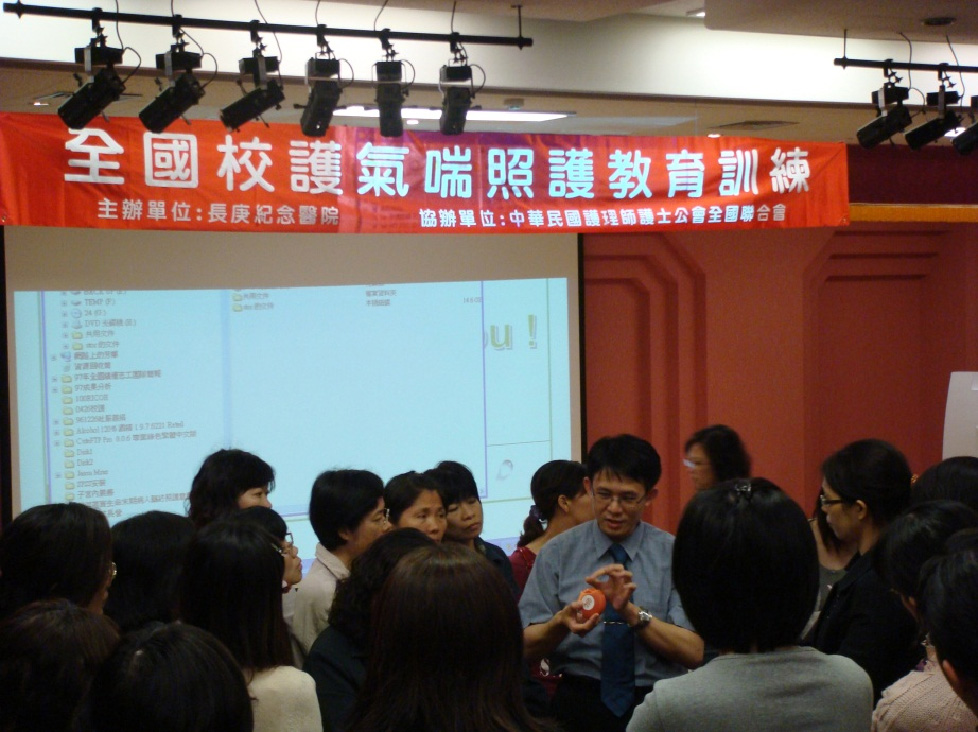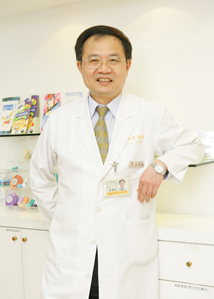
Taipei
Local Publications
The following publications used ISAAC data from the Taipei centre:
- Yan DC, Ou LS, Tsai TL, Wu WF, Huang JL. Prevalence and severity of symptoms of asthma, rhinitis, and eczema in 13- to 14-year-old children in Taipei, Taiwan. Ann Allergy Asthma Immunol.2005 Dec;95(6):579-85.
Taipei Centre
| Phase OneView Centre Details | Phase Two | Phase Three | |||
| Centre: | Taipei, Taiwan ( Asia-Pacific ) | ||||
| Principal Investigator: | Dr Jing-Long Huang | ||||
| Age Groups: | 13-14, 6-7 | Timeframe: | December 2001 to January 2002 | ||
| Sampling Frame: | The study sample included all children within these age groups from a random sample of public schools (cluster sampling, using schools as the sampling unit). Twenty four secondary and 24 Primary schools were randomly chosen in the 12 districts of Taipei city. | ||||
Personnel
Professor Kue-Hsiung Hsieh
Director, Chang Gung Children's Hospital
5, Fu-Hsiang
Taiwan
Roles:
- Phase One Principal Investigator for Taipei
Dr Jing-Long Huang

Chief, Department of Pediatrics
Chang Gung Children's Hospital
5, Fu-Hsin Street
Kweishan
Taiwan
Roles:
- National Coordinator for Taiwan
- Phase Three Principal Investigator for Taipei
ISAAC story - Taipei center
It is a pleasure to share with you our experience of ISAAC phase 3 surveys in Taipei Center. Taipei is a rapidly growing city, both in economics and public health. We are very interested in the time trend of prevalence of allergic diseases in Taipei city during its development.
Yan DC, et al. from the Division of Allergy, Asthma, and Rheumatology, Department of Pediatrics, Chang Gung Memorial Hospital and Chang Gung University organized and conducted ISAAC phase III survey between December 1, 2001 and January 31, 2002. Two junior high schools in each of the 12 school districts in Taipei city were randomly chosen to enter the study. Our data showed that the prevalence of asthma, allergic rhinitis, and atopic eczema in the past 12 months during the study period in 13- to 14-year-old children increased by 37%, 51%, and 193%, respectively, when compared to our previous study 7 years ago. It is clear that allergic diseases have become a huge impact and burden on the health system in Taipei.
Dr. Kuo-Wei Yeh and Dr. Jing-Long Huang organized and started a national public asthma education program directing at 5000 school nurses, 1500 daycare center teachers, near 600 public health nurses and 500 pharmacists since 1999. Our goal was to train a group of healthcare professionals who are alert to the symptoms of allergic diseases as well as familiar with the various rescue medication of asthma. They will be able to monitor and provide immediate help for the children in case of emergency. During the past 10 years, the asthma education program team visited more than 100 towns and cities beyond Taipei, including the rural and urban areas of Taiwan and also some outlying islands. Through the ISAAC phase III data, the government also became more concerned about the issue and allocated more resource for it. And Chang Gung Memorial Hospital also gave support and funding for this national and continuing program.
In conclusion, ISAAC phase III survey has given us more information about allergic diseases in Taipei city. With a collaborative work from the government, researchers and healthcare professionals, we will work out a plan not only to understand allergic diseases, but also to help those who need assistance.
